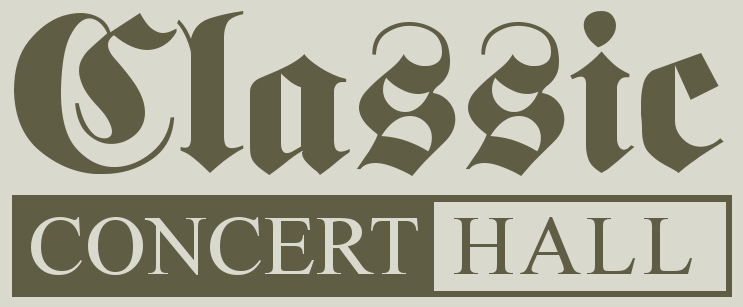|
Comments (17)
Comment on this music
Login/Register to post a comment.
|
TRUST IN THE LORD
Uploaded by: morharn
Composer: Powell, Rick and Sylvia Organ: Organ of Dominican Vasvar Software: Hauptwerk IV Views: 140
Divinum Mysterium
Uploaded by: Mktwest
Composer: Fedak, Alfred V. Organ: Salisbury Cathedral Father Willis Software: Hauptwerk IV Views: 343
|
Uploaded by:
|
Agnus_Dei (10/28/16)

|
|
Composer:
|
Webbe, Samuel 
|
|
Sample Producer:
|
Milan Digital Audio 
|
|
Sample Set:
|
Salisbury Cathedral Father Willis

|
| Software: | Hauptwerk IV |
| Genre: | Hymn |
| Description: | Today, October 28th is the day that the Church commemorates the two apostles, Simon and Jude.
Jude is so named by Luke and Acts. Matthew and Mark call him Thaddeus. He is not mentioned elsewhere in the Gospels, except, of course, where all the apostles are mentioned. Scholars hold that he is not the author of the Letter of Jude. Actually, Jude had the same name as Judas Iscariot. Evidently because of the disgrace of that name, it was shortened to “Jude” in English.
Simon is mentioned on all four lists of the apostles. On two of them he is called “the Zealot.” The Zealots were a Jewish sect that represented an extreme of Jewish nationalism. For them, the messianic promise of the Old Testament meant that the Jews were to be a free and independent nation. God alone was their king, and any payment of taxes to the Romans—the very domination of the Romans—was a blasphemy against God. No doubt some of the Zealots were the spiritual heirs of the Maccabees, carrying on their ideals of religion and independence. They were chiefly responsible for the rebellion against Rome which ended in the destruction of Jerusalem in A.D. 70.
St. Jude is the patron saint of desperate situations; forgotten causes; hospital workers; hospitals; impossible causes; lost causes.
St. Simon is the patron saint of couriers; sawmen; sawyers; and tanners.
This well-known hymn was composed by Samuel Webbe (1740-1816). Webbe was a prominent Roman Catholic musician in London, serving at places such as Sardian Embassy Chapel. His "An Essay on the Church Plain Chant" (1782), is probably his most well-known publication. This hymn, tune named "Tantum ergo," is drawn from his "Motetts or Antiphons" of 1792.
My performance is a brisk one, with NO alteration of notes. :-)
Several paintings of Simon and Jude are attached below, as well as several drawings of Webbe.
Full text in the first comment. |
| Performance: | Live |
| Recorded in: | Stereo |
| Playlists: |
|
|
Options:
|
 Sign up today to download piece. Sign up today to download piece.
 Login or Register to Subscribe Login or Register to Subscribe
 See what Agnus_Dei used to make this recording See what Agnus_Dei used to make this recording
|
| |
|
Attachments:
|
- Please Log in to download.
- Please Log in to download.
- Please Log in to download.
|
|
|


 Sign up today to download piece.
Sign up today to download piece.
 See what Agnus_Dei used to make this recording
See what Agnus_Dei used to make this recording